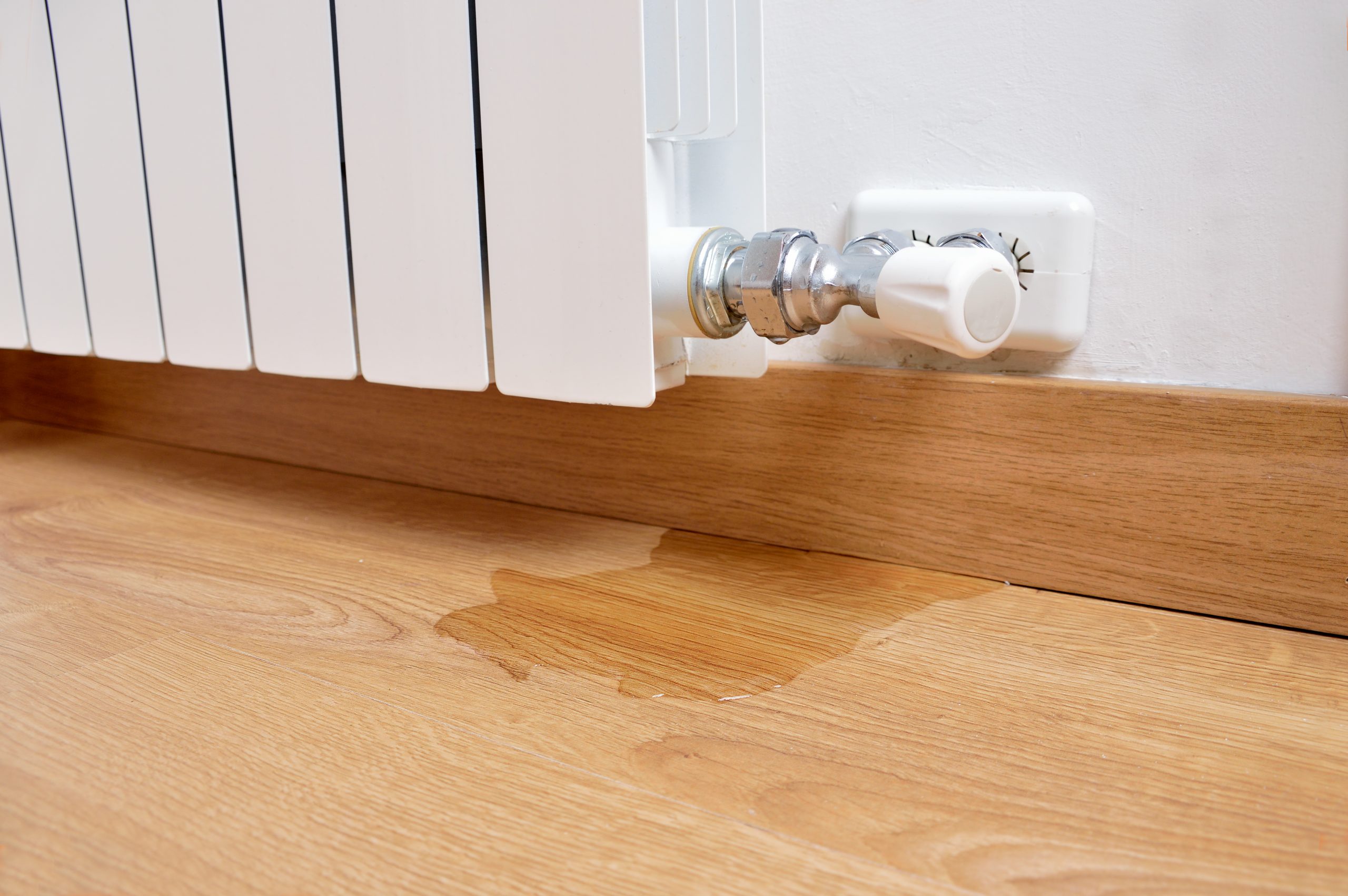It was just a small leak, right? There’s really no reason to worry, you cleaned it up and maybe put a fan on it to “dry”… Maybe it even *FEELS* dry…
How bad can it be?
The truth of the matter is that water damage can be extremely sneaky. While you’re looking at the surface, there can be any number of things going on where you just can’t see. This is why it’s so important to make sure that moisture issues have been addressed properly and dried thoroughly. Because a lot can happen where you just can’t see…
Hidden damage
Whether you have a ceiling leak or a puddle of water on your floor, there are a lot of places for moisture to hide. Moisture that gets trapped in ceiling, wall, and floor cavities is considered “hidden moisture” because it is, well… hidden!
Without specialized moisture monitoring equipment and training, moisture can be incredibly difficult to follow and even harder to dry. And even a small amount of moisture that’s allowed to remain trapped in a ceiling, wall, or floor cavity can cause serious long term problems for your home.
Mold
Moisture that is allowed to remain in your home can quickly lead to mold growth and contamination. This is because mold spores are EVERYWHERE… They’re outside, they’re in your house, they’re around you right now… What makes a mold issue a serious concern are the number of mold spores in a space, which can increase quickly (sometimes in the tens or hundreds of thousands) once mold colonies are allowed to develop in your home.
And all these mold spores are waiting for are the right conditions for growth. Once you add moisture, your home is the perfect environment and mold will begin making itself at home really quickly. For this reason, it’s important to properly address moisture issues right away.
Bacteria
As mold gets most of the headlines, bacteria is often overlooked, but it’s no less a concern. Moisture issues, particularly when the moisture source was dirty water such as from a dishwasher drain or toilet overflow can be hot beds for bacterial growth.
Bacterial growth that’s hidden in a wall cavity or under a floor can lead to long term and significant health effects, often without the homeowner having any idea of its cause. This is just one reason why moisture issues should be addressed quickly and properly.
Rot
Long term moisture issues will invariably lead to rot and structural issues. Just think about your home for a minute and how it’s constructed. You have walls that are framed with wood studs, covered in drywall perhaps – what’s going on inside that wall? Could those studs be rotted or weak? What happens if structural members lose their integrity or weaken over time?
This is the primary concern with rot in building components. Your house isn’t really constructed with “extra” pieces and, as these structural items, framing, and supports rot, your home (or parts of it) can shift, crack, or sag. If caught quickly, drying a moisture issue to prevent rot and structural damage is fairly simple and straightforward when you consider the complicated project jacking up part of your home to replace structural members quickly becomes.
Even though a moisture issue appears small doesn’t mean that it necessarily is. Ultimately, what’s visible on the surface can just be the tip of the iceberg. We hope this helped you better understand why even a small moisture issue can lead to big problems as well as some of the things to look for. Should you have any questions about moisture issues in your home, please don’t hesitate to contact our offices.
About Disaster Blaster
Disaster Blaster is an indoor environmental firm serving the Northeastern PA Area. We have been providing our local area with unparalleled water damage mitigation, basement waterproofing, mold remediation, asbestos abatement, radon mitigation, and fire / smoke restoration services for decades, and are proud to have been named The World’s Greatest Indoor Environmental Firm. For more about Disaster Blaster, as well as more helpful tips, please visit our website at: www.disasterblaster.com or call our office at (570) 963-1123.


